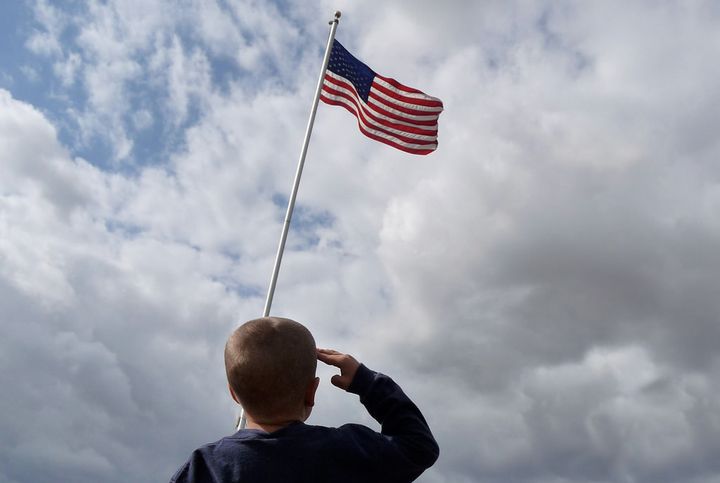
In the 5th grade, I was facing violence from my classmates, teachers, and school’s staff every day. When the other students called me slurs, beat me, and excluded me from their social groups, they explained, “It’s a free country and I can do what I want.” While I didn’t have the educational access to understand that free speech does not include hate speech, their chauvinist transphobia ingrained in them through media and adults in the community led to my anger at the State in which they were not only allowed to berate me but also encouraged. In my rural town, there was a culture of nationalism and masculinity that superseded the needs of marginalized communities. This was not an issue that impacted me most directly either, it was one that has violated Black, Latinx, and Indigenous bodies for centuries. My intention here is not to co-opt these narratives, but help foster a moment in which we as white transgender people can create solidarity between our communities in our discussion of Colin Kaepernick, nationalism, and the United States flag. The students that enacted violence upon me were the same ones telling the Latinx children in my class to go back to their country and that they don’t belong in the United States. They were the same students that wore U.S. flag print T-shirts and worshipped the culture of violence the country was built upon. They were the ones that made every day of my elementary school life unbearable.
When my teacher announced we would be required to pledge allegiance to the same flag that had been used as a rationale for assaulting me, for pushing my friends and classmates out of school, for the imperialism of the United States, I was beyond angry. This was in 2005, when the Iraq War was central in discussions of our future and nationalism was rampant as young children tried to find those who might be “anti-American” and beat them for having caused 9/11. After I declined to stand up to salute the flag or recite the Pledge of Allegiance, the teacher demanded that I get up or lose points for attendance. I refused. She then approached my desk and told me to get up again. This teacher was notorious for yelling and throwing office supplies at students and I became worried she would take more drastic measures to get me to stand. In frustration, I stood with my back to the flag. She told me if I was going to protest, I should at least do it respectfully. When I refused to turn around, she then demanded I wait outside until they finished the Pledge of Allegiance. I obliged and waited alone in the cold as they finished. This continued for the rest of the school year. Sometimes she or the other students would forget to let me back inside and I would miss class discussions. Whether it was raining, hot, or freezing in the mountains of the rural Northern California town, I would wait until they were done through the end of the school year.
The flag can be a starting place for discussing solidarity between the (white) transgender community and other marginalized groups – particularly communities of color – with who we can work together with in fighting nationalism. Let’s ask who enacts some of the worst forms of violence against us? In my rural community, it was the cisgender politicians making access to healthcare or education extremely difficult ― the same ones who criminalize Black people and strengthen deportation measures. It was the cops, the Klan, and the white supremacists that harassed me nearly every day. They were allowed to continue because of the flag and what it stands for. While people of color face much more extreme violence than white transgender people, this violence is often coming from the same groups and similar lines of thought. Colin Kaepernick’s protest of the national anthem is at such an important moment in history when Black and Brown bodies are facing some of the highest levels of violence ever and transgender people are achieving unprecedented visibility through assimilationist ideologies. Kaepernick’s sentiment reflects what many Black people in the U.S. have been thinking for centuries:
I am not going to stand up to show pride in a flag for a country that oppresses black people and people of color. To me, this is bigger than football and it would be selfish on my part to look the other way. There are bodies in the street and people getting paid leave and getting away with murder.
To put one’s hand over their heart in allegiance to a nation that is built on values of white cisgender male supremacy is violent itself.
This isn’t a story about me; it is just a small part of a larger narrative about the marginalized people who experience violence under the stars and stripes. The Black people whose slavery built the economy of the States and the Native Americans whose stolen land and genocide allowed for the country to span coasts continue to face some of the harshest conditions in the world and need to be centered within narratives of anti-nationalism. There is a common goal that we can work together to achieve while centering the experiences of those facing multiple forms of violence. When we question the flag, we are not questioning our supposed freedom but the violence we face under it. Ending nationalism is ending a large part of the subjugation we undergo. To build a foundation for this solidarity through our common oppression is a critical building block to liberation for all communities.
